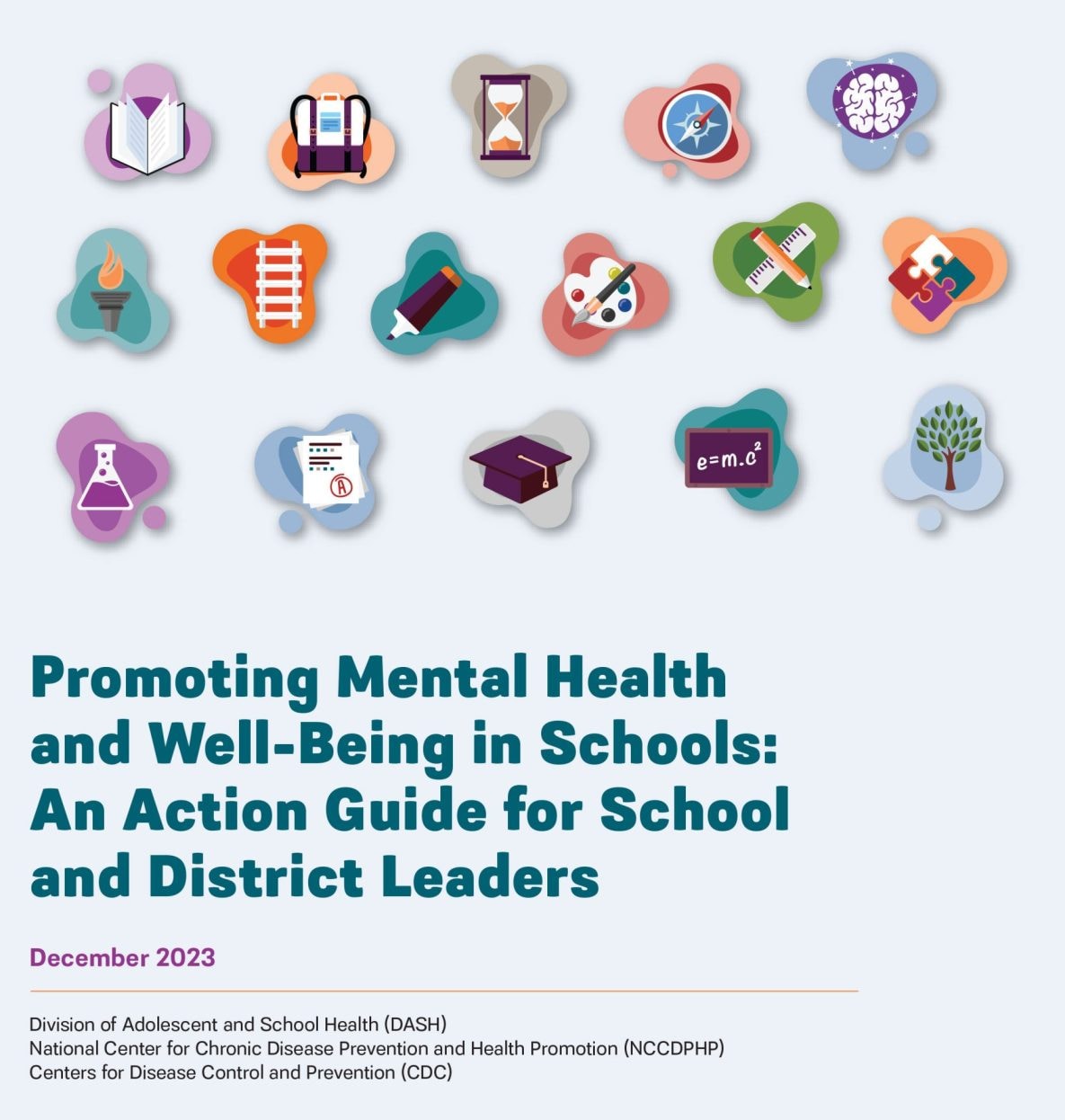Enhance Connectedness Among Students, Staff, and Families
What to Know
School connectedness is when students feel that adults and peers in school care about them and their learning. This feeling includes a sense of being cared for, being supported, and belonging at school. School connectedness can protect and promote students’ mental health and well-being. But not all students feel connected at school. Some students, including students of color, LGBTQIA+ students, and students with disabilities, are more likely to experience feelings of social isolation or alienation at school.
Focus on Equity
Approaches to building connection within schools should especially focus on students who are more likely to be marginalized and feel disconnected in school. This includes girls, youth who have experienced racism, youth from racial and ethnic minority groups, and youth who identify as LGBTQIA+. Examples of policies and practices that can support connection at school for all students, including students who are more likely to feel disconnected, include:
- Starting affinity groups for students of color and LGBTQIA+ students.
- Putting in place anti-bullying and anti-harassment policies that specifically protect students and staff against gender- and sexual identity-based harassment.
- Putting in place trauma-informed policies and practices that consider the impact of trauma, recognize the signs and reactions of trauma, and prevent re-traumatization of students, especially related to school discipline (e.g., restorative practices).
Implementation Tips
Leaders can help put connectedness programs in place by:
- Engaging parents and students in the process of deciding on relationship-building programs.
- Supporting professional development for teachers on classroom management approaches that help build relationships with students.
- Making sure that parent engagement activities fit the needs of families.
Nurturing and welcoming environments can also increase connectedness. Leaders can support these types of environments through practices such as:
- Genders and Sexualities Alliances: Genders and Sexualities Alliances (GSAs) are student-led clubs, typically in middle and high schools, which create safe spaces for students to socialize, support each other, discuss issues related to sexual orientation and gender identity, and work to end homophobia and transphobia in their school and broader community.
CDC’s LGBTQ+ Inclusivity Self-Assessment Tool [PDF – 6 MB]can help schools assess and implement strategies, including GSAs, that make schools more inclusive for LGBTQIA+ youth.
- Restorative Practices: Restorative practices are formal and informal practices that help students repair harm and improve relationships. Students learn how to work together in proactive, respectful ways to constructively resolve conflicts.
Additional resources to help schools increase connectedness.

Want to Learn More?
For more details on enhancing connectedness among students, staff, and families, see Promoting Mental Health and Well-being in Schools: An Action Guide for School and District Leaders [PDF - 3 MB]